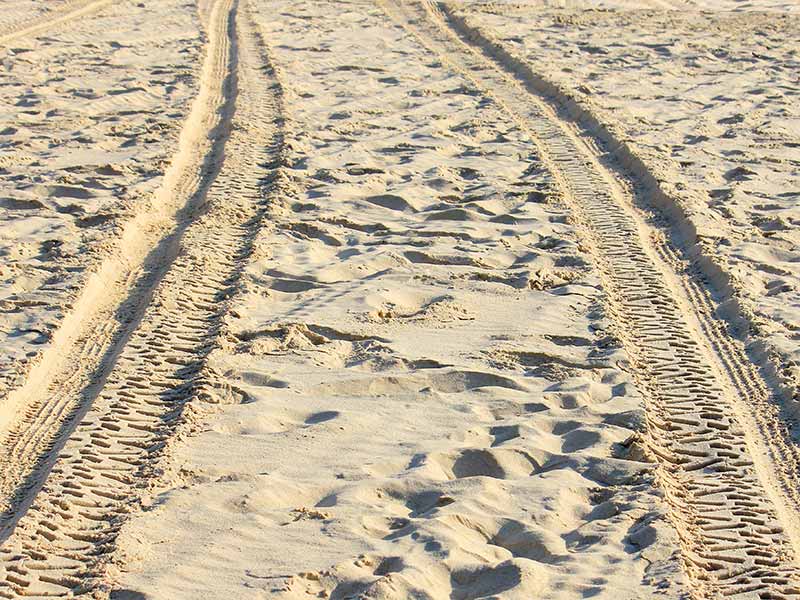It’s smart to carry snow chains for many, but have you ever found yourself stuck in sand, wondering if those snow chains work that you keep in your trunk? It’s a common scenario for many drivers who venture off the beaten path. This article is designed to address that very question, helping you understand the effectiveness of tire chains in sandy conditions and offering practical advice for handling such situations.
Do Snow Chains Help In Sand?
Snow chains are primarily designed for snow and ice and are not the best option for sand. They can be used in emergency situations on firm, packed sand but are not ideal for loose, deep sand.
In this article, you’ll find detailed insights into the nature of tire chains, their typical use in snowy conditions, and their effectiveness on sandy terrain. We’ll explore alternative solutions for sand driving, practical tips to avoid getting stuck, and guidelines on how to use snow chains properly if the need arises.
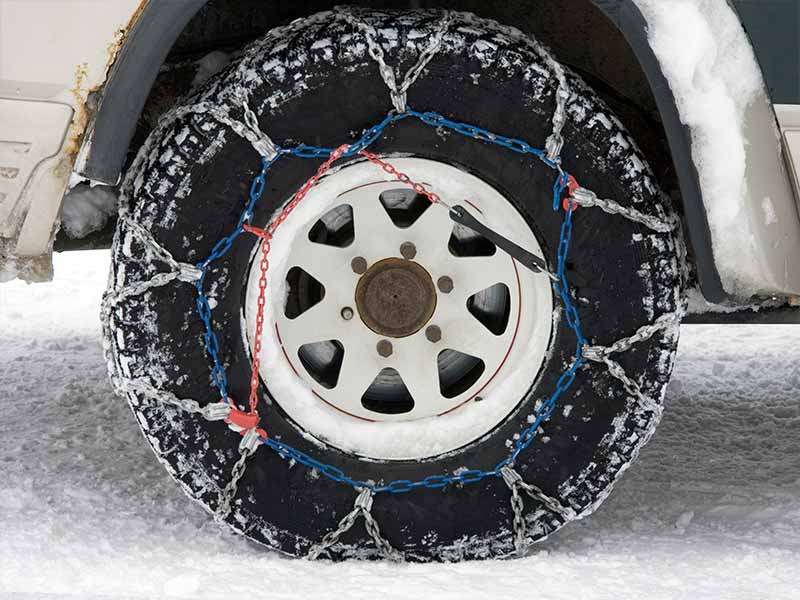
Understanding Snow Chains and Their Purpose
Snow chains are special chains that you put on your car or truck tires. They’re made to help your vehicle get a better grip on the road when it’s covered in snow or ice.
What Are Snow Chains?
- Snow chains are made of metal and look like a net. They wrap around your tires.
- They dig into the snow and ice, giving your car more traction. Traction is just a fancy word for grip.
- You usually put them on your car’s drive wheels. If you have a front-wheel-drive car, they go on the front tires. For rear-wheel drive, they go on the back.
When and Why to Use Snow Chains
- Snow chains are great for driving in deep snow or on icy roads.
- They make it safer to drive in winter conditions by reducing the chances of your car sliding around.
- But remember, snow chains are for snow and ice, not for clear roads. Driving with them on clear roads can damage both the chains and the road.
Different Types of Snow Chains
- Standard Snow Chains: These are the most common type. They’re good for most snowy conditions.
- Cable Chains: These are lighter and easier to use. They’re good if your car has limited space between the tire and the car body.
- Dual Chains: If you have a heavy vehicle or need extra traction, dual chains are a strong choice.
Using Snow Chains Right
- Putting snow chains on your tires might seem tricky at first, but it gets easier with practice. For a step-by-step guide, check out How Do Tire Chains Work.
- Make sure the chains are tight on the tires. Loose chains can damage your car.
- Drive slowly when you have chains on. Fast driving with chains can be dangerous.
When Not to Use Snow Chains
- Don’t use snow chains on dry roads. They’re really just for snow and ice.
- If you’re driving on a road that’s just wet, but not icy or snowy, you don’t need chains.
Snow chains can be a big help in winter driving, but they’re not magic. They make driving safer in snow and ice, but you still need to be careful and drive slowly. If you’re looking for the best snow chains for your daily drive, I suggest checking out 10 Best All-Terrain Tires for Daily Driving, as good tires make a big difference too.
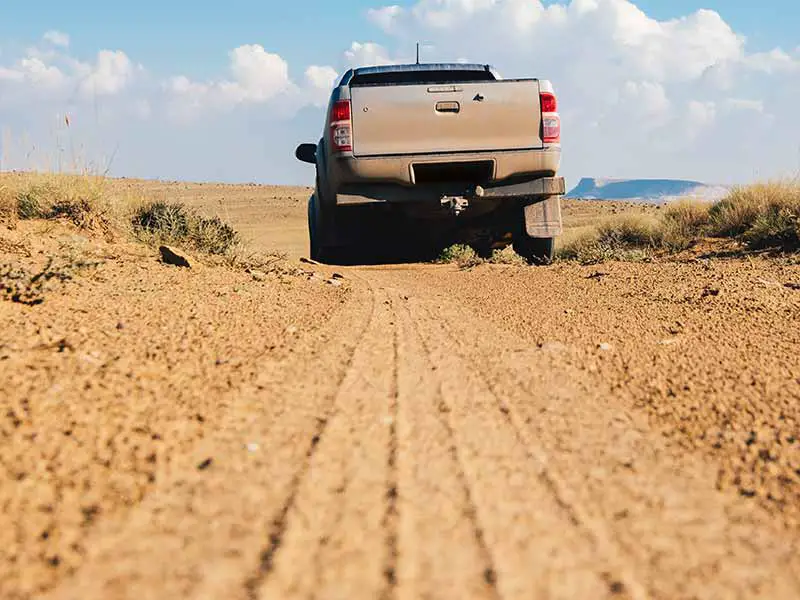
The Mechanics of Driving on Sand
Sand is one of the trickiest terrains. It’s a whole different game compared to driving on roads, snow, or ice. Let’s talk about why sand can be challenging and how it’s different.
Why Is Sand Tricky for Driving?
- Soft and Shifty: Sand, especially loose sand, isn’t solid like pavement. It shifts and moves under your car. This can make your car sink or get stuck if you’re not careful.
- Wheel Spin: When your wheels spin too fast on sand, they can dig in deeper instead of moving you forward. This happens a lot when you try to speed up too quickly.
Tips for Driving on Sand
- Go Slow and Steady: Unlike driving on snow, where sometimes you need momentum, on sand, it’s about going slow and steady. Quick moves can make your car sink.
- Avoid Sudden Stops and Starts: Stopping suddenly or speeding up quickly can make your wheels dig into the sand.
- Keep the Pressure Right: In sand, sometimes letting a little air out of your tires can help. It increases the surface area of your tire on the sand, helping you not to sink. But don’t let out too much air – you don’t want flat tires.
- Steer Gently: Sharp turns can make your car’s wheels dig into the sand. Gentle and smooth steering is key.
What Happens When Your Wheels Spin Too Much?
- Digging In: If your wheels spin too much, they can dig into the sand. The more they spin, the deeper they go.
- Getting Stuck: Once your wheels are deep in the sand, it can be hard to get out. It’s like being in a hole.
Driving on sand needs a patient and gentle approach. It’s all about understanding how your car reacts to the soft, shifting surface.
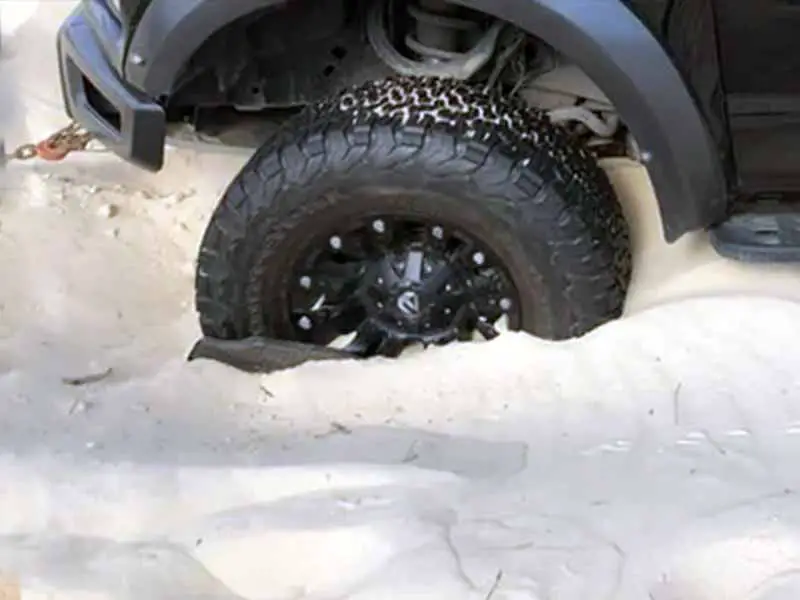
How to Drive on Sand Without Getting Stuck
Having driven in many different conditions, I’ve learned some key tips for driving on sand. Sand can be tricky, but with the right approach, you can avoid getting stuck. Here’s what I’ve found works best:
Basic Principles for Sand Driving
- Reduce Your Speed: Fast driving on sand can lead to trouble. Go slow to maintain control and prevent sinking.
- Steady Throttle: Keep your speed consistent. Sudden changes can cause your tires to dig in.
- Straight Lines Are Best: Avoid sharp turns. They can cause your tires to dig into the sand.
Preparing Your Vehicle for Sand
- Tire Pressure: Lowering tire pressure can help in sand. It increases the tire’s surface area, which spreads out the weight of the vehicle. But be careful not to lower it too much.
- Clearance Matters: Make sure your vehicle has enough clearance. This means there’s enough space between the bottom of your vehicle and the ground. Low clearance can lead to your car dragging on the sand.
Techniques to Avoid Getting Stuck
- Gentle Starts and Stops: Abrupt braking or accelerating can cause your wheels to dig into the sand.
- Keep Moving: If you feel your car starting to sink, keep moving slowly. Stopping can make it harder to start again.
- Avoid the Softest Sand: Stick to firmer areas if you can. The softer the sand, the easier it is to get stuck.
What to Do If You Get Stuck
- Stay Calm: Panicking can make things worse.
- Don’t Spin Your Wheels: This will only dig you in deeper.
- Use Sand Mats or Boards: These can give your tires something solid to grip onto.
- Rocking the Vehicle: Gently rock your vehicle back and forth to create momentum. This can help you get unstuck.
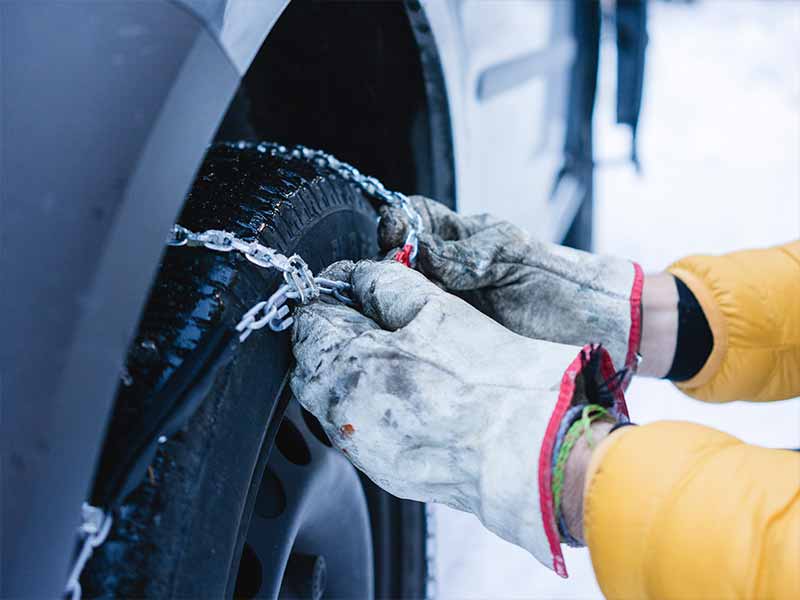
Installing Snow Chains: A Step-by-Step Guide
Over the years, I’ve put on a lot of snow chains. At first, it can seem hard, but with these steps, you’ll find it much easier. Here’s how to do it right:
Step 1: Prepare Your Vehicle
- Find a Safe Spot: Before you start, park your car in a safe place away from traffic.
- Apply the Parking Brake: This is for safety to keep your car from moving.
- Lay Out the Chains: Spread the chains out near the tires you’ll be putting them on.
Step 2: Position the Chains
- Drape the Chains Over the Tire: Lift the chains and lay them over the top of the tire. Make sure they’re centered.
- Tuck the Chains Behind the Tire: Push the extra part of the chains behind the tire.
Step 3: Secure the Chains
- Fasten the Ends Together: There will be hooks or clasps on the ends of the chains. Connect these around the back of the tire.
- Tighten the Chains: Pull the chains tight around the tire. This is really important. Loose chains can damage your car.
Step 4: Double-Check and Test
- Check the Fit: Walk around and make sure the chains are snug and evenly positioned.
- Drive a Short Distance: Move your car a little bit, then get out and check the chains again. Make sure they’re still tight.
Tips for Success
- Practice Makes Perfect: Try putting the chains on at home before you need to use them. It’s easier to learn when you’re not in the cold or a rush.
- Check for Clearance: Make sure your car has enough space between the tire and the wheel well for chains. Cars with limited clearance might need special low-profile chains.
- Safety First: Always follow the manufacturer’s instructions for your specific chains.
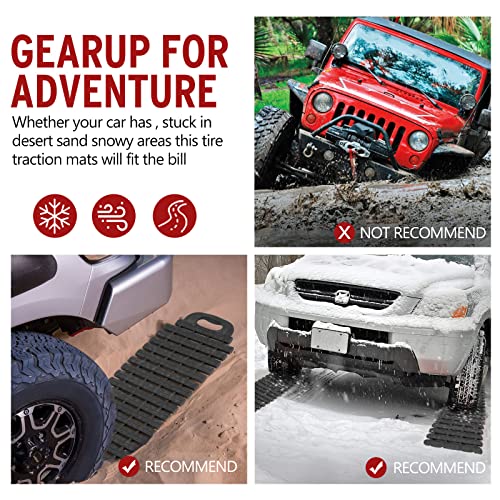
Traction Mats
Alternatives to Snow Chains for Sand
I’ve discovered that while snow chains have their place, there are better options for sand. Let’s explore some alternatives that can help you when driving on sandy surfaces.
Sand Mats or Traction Pads
- Easy to Use: These are mats or pads that you can place under your tires. They give your tires something solid to grip onto.
- Portable and Lightweight: They’re easy to carry in your car and can be a lifesaver in sandy conditions.
Specialized Sand Tires
- Designed for Sand: These tires have a wider tread pattern and are made to float on top of the sand rather than digging in.
- A Good Investment: If you drive on sand often, it’s worth considering getting a set of these.
Air Down Your Tires
- Lower Tire Pressure: Letting some air out of your tires increases their surface area, which helps prevent sinking into the sand.
- Temporary Solution: This is a quick fix if you find yourself on a sandy path, but remember to re-inflate your tires once you’re back on regular roads.
Vehicle Recovery Kits
- Essential Tools: These kits usually include items like a shovel, tow rope, and even a jack. They’re handy for getting out of tough spots on sand.
- Prepared for Anything: It’s always a good idea to have one of these kits in your car if you’re going off-road or into sandy areas.
Driving Techniques
- Smooth Acceleration: Avoid rapid acceleration, which can cause your tires to spin and dig into the sand.
- Gentle Steering: Sharp turns can also cause your tires to dig in. Gentle and gradual steering is better.
Remember the Basics
- Stay on Marked Paths: Whenever possible, stick to paths already made in the sand. These are usually firmer and easier to drive on.
- Know Your Vehicle: Understanding how your vehicle handles in different conditions is key. Practice and experience go a long way.
While snow chains can be a quick fix in sandy conditions, they’re not the best tool for the job. Using the right equipment, like sand mats or specialized tires, and employing the right driving techniques can make a big difference in how well you navigate through sand.
And for those who are curious about using snow chains in other less conventional conditions, I suggest taking a look at Can You Use Snow Chains in Mud. It’s always good to have a broad understanding of how various tools and techniques can be applied in different driving situations.
Resources
Below are some links you may find helpful when learning about tires:
- Choosing the right tire for every season – Consumer Reports
- Tips for driving on different terrains – Popular Mechanics
Final Thoughts
While snow chains can offer a temporary solution in certain sandy conditions, they are not the ideal choice. It’s important to understand the limitations of snow chains on sand and to consider alternatives like sand mats, specialized sand tires, or simply adjusting your driving technique.
Remember, the key to successful sand driving lies in preparation, understanding your vehicle, and using the right equipment for the terrain. If you frequently encounter sandy areas, investing in proper gear and practicing safe driving habits will serve you well.
Good luck and happy motoring.
